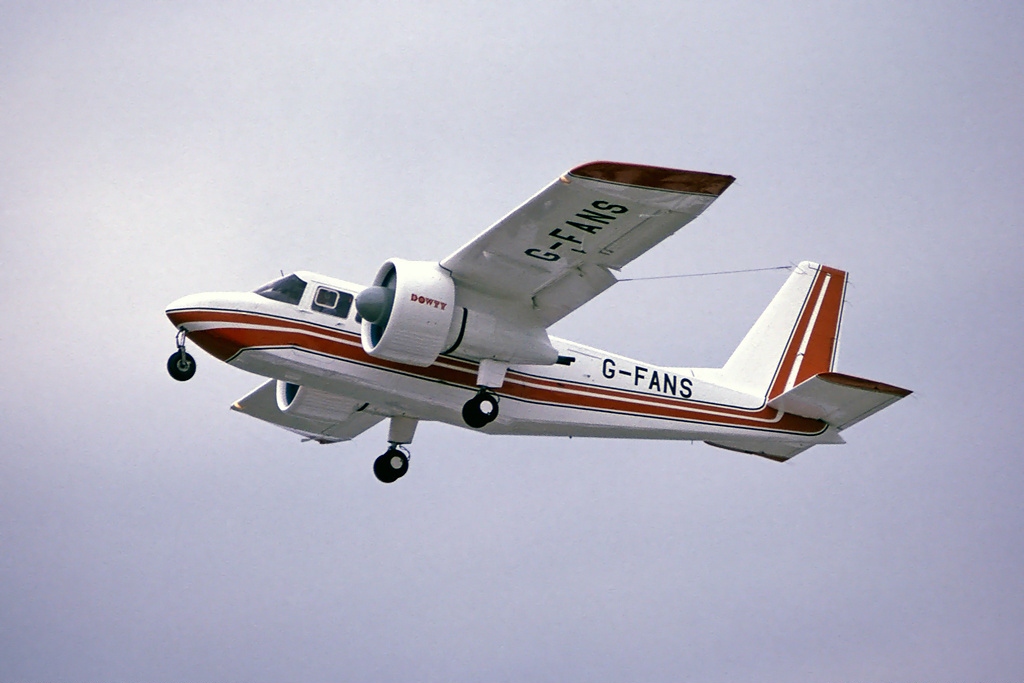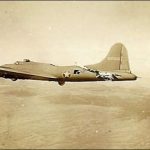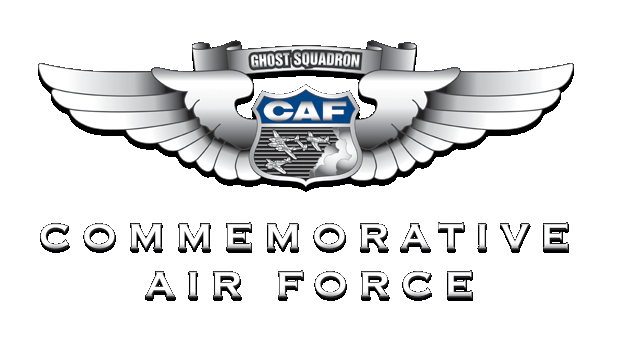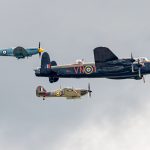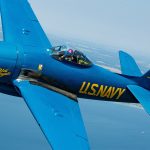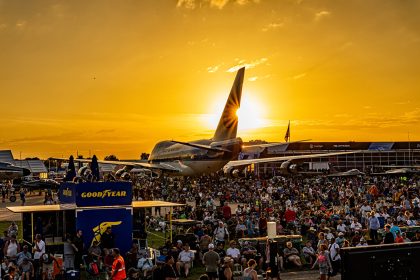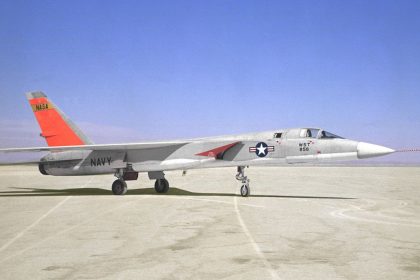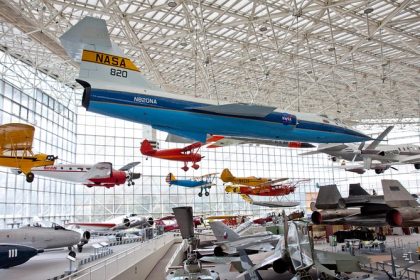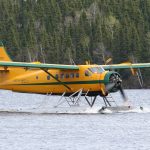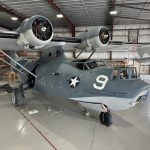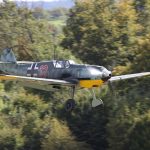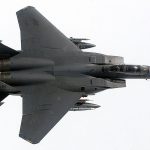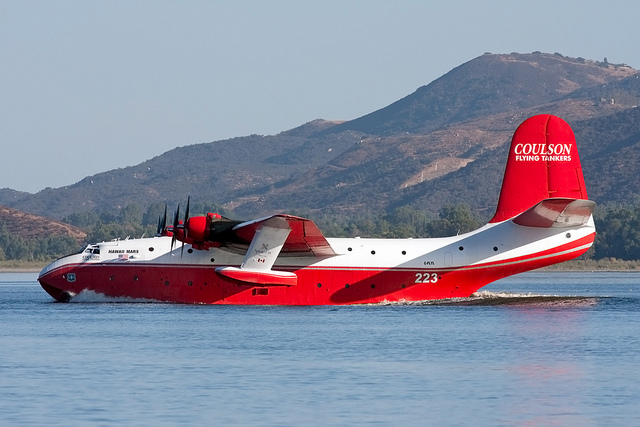On this day in aviation history, June 12, 1965—60 years ago—the Britten-Norman BN-2 Islander took to the skies for the first time. Designed in the United Kingdom by Britten-Norman, the Islander was conceived as a rugged, versatile light regional airliner and utility aircraft. It quickly proved itself a success and remains one of Europe’s best-selling commercial aircraft. Remarkably, the Islander is still in production today, with more than 750 aircraft continuing to fly passengers and cargo across the globe. Over 30 countries also operate the type in military service.
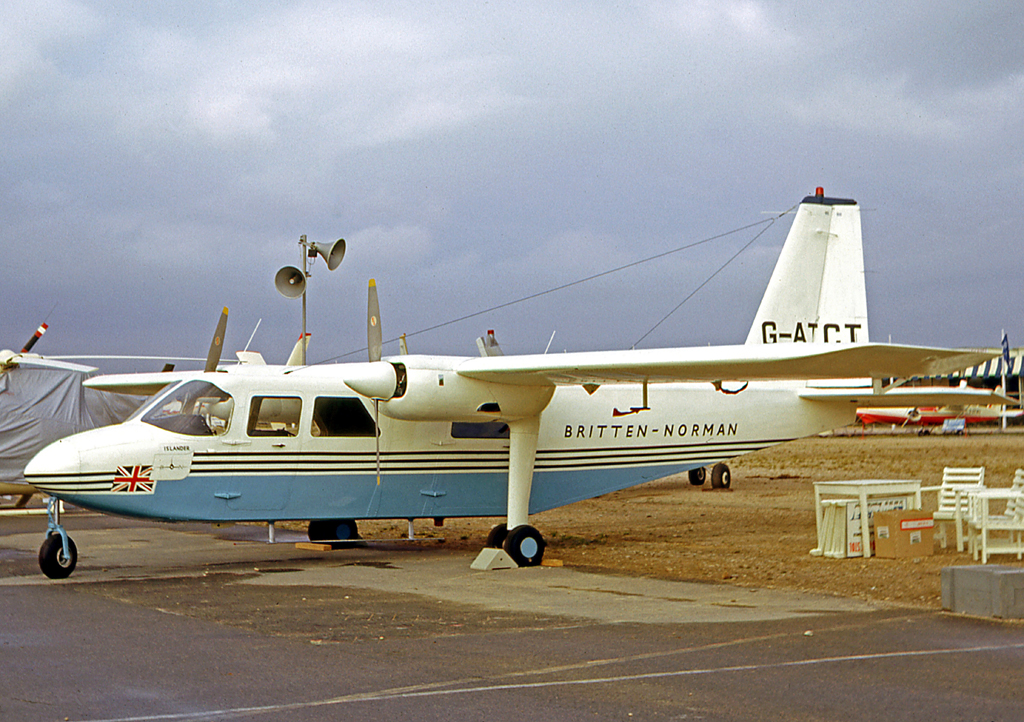
The prototype BN-2 was initially powered by twin Rolls-Royce/Continental IO-360B engines, but these were soon replaced with more powerful Lycoming O-540-E engines, each delivering 260 horsepower. The Islander cruises at 150 miles per hour and reaches a top speed of 170 mph. With a range of 755 nautical miles and a service ceiling of 13,000 feet, the aircraft is well-suited for short regional routes—especially those to and from smaller, remote airports where larger airliners can’t operate. Its short takeoff and landing (STOL) capabilities have made it a vital asset for underserved and isolated communities.
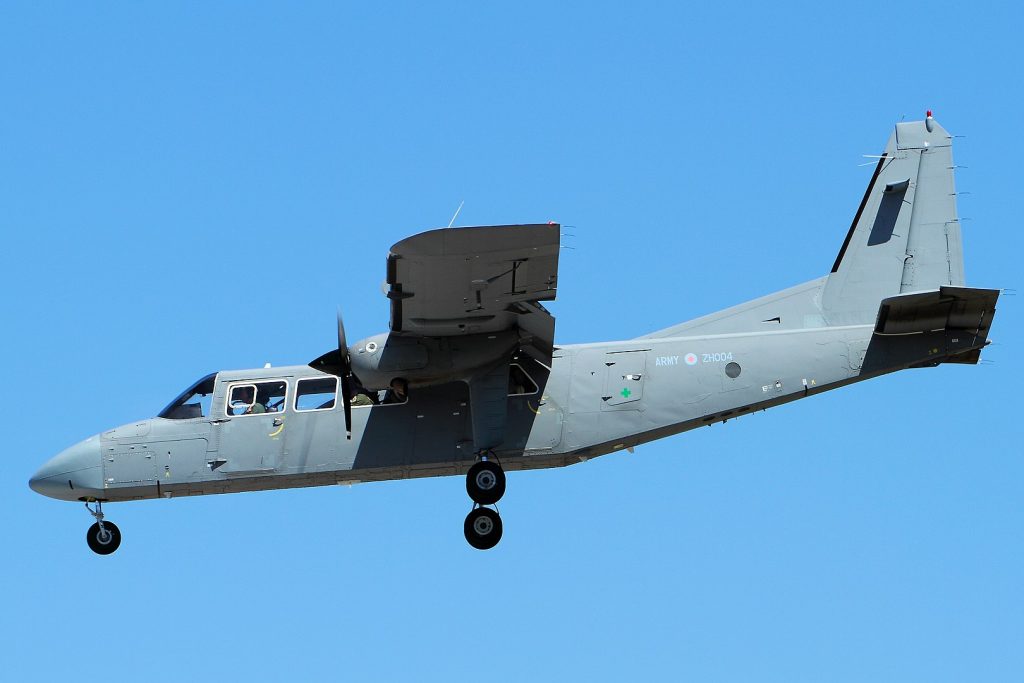
To date, more than 1,280 BN-2 Islanders have been produced and flown. Originally built at Britten-Norman’s facility in Bembridge on the Isle of Wight, UK, production later moved to Romania and Belgium following the company’s acquisition by Fairey Aviation. Aircraft assembled abroad were then flown to the UK for certification. In September 2023, Britten-Norman announced that Islander production would return to the UK. The announcement sparked a wave of interest, with multiple countries submitting letters of intent to purchase new BN-2s—further securing the legacy of this enduring and adaptable aircraft for decades to come.
